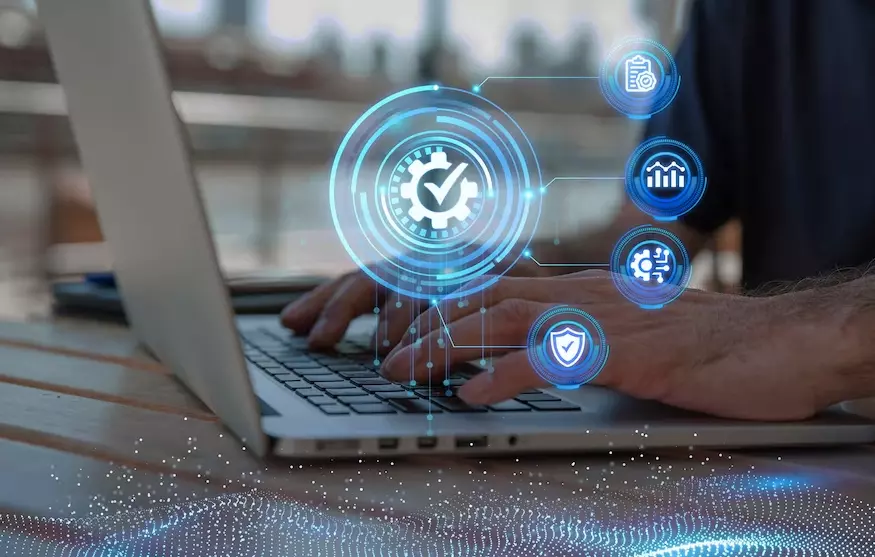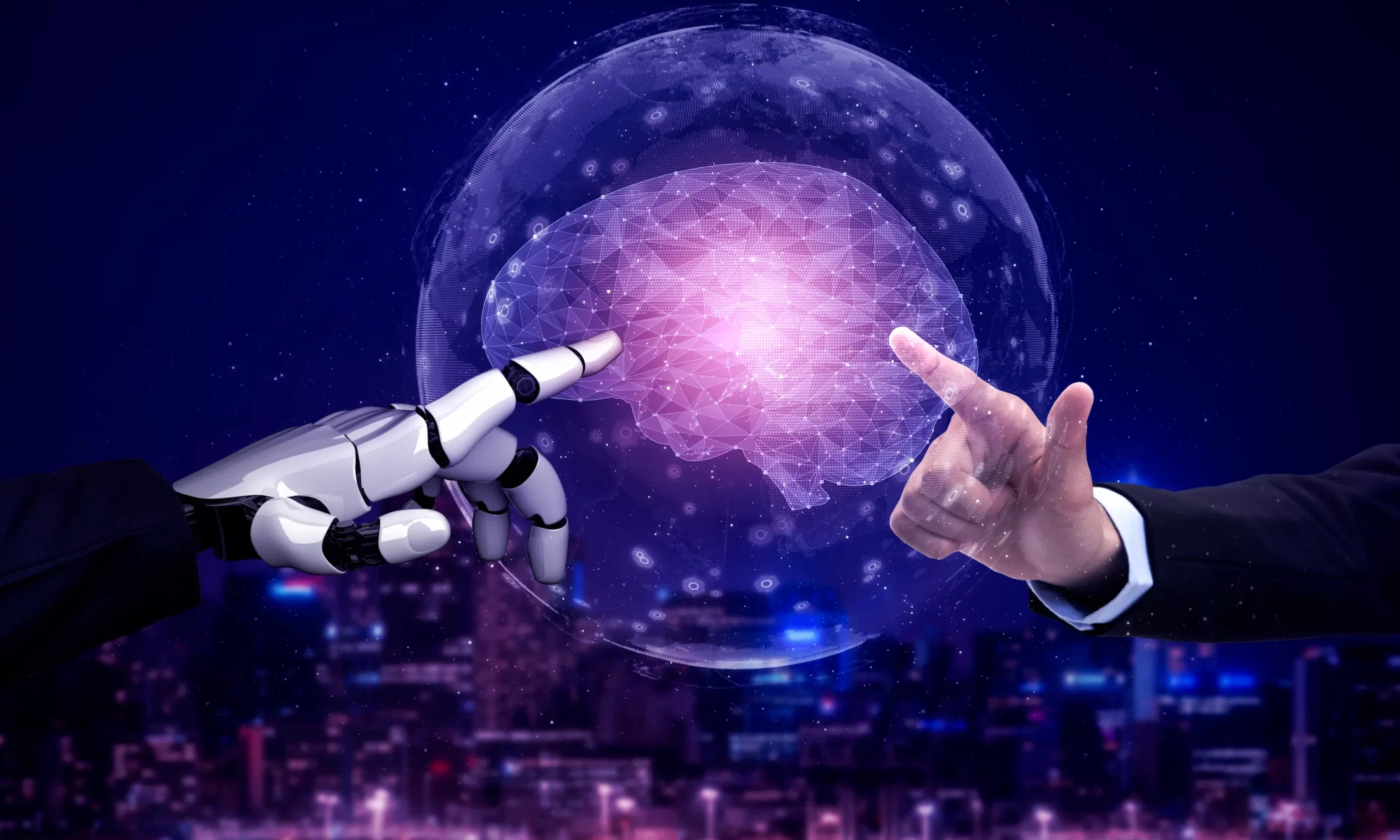The music industry, a vibrant ecosystem of creativity and innovation, is constantly evolving. Today, a powerful duet is taking center stage: Artificial Intelligence (AI) integrated into mobile applications. This fusion is not just about adding fancy features; it’s fundamentally changing how music is created, discovered, consumed, and monetized. For businesses looking to tap into this transformative wave, partnering with a skilled app development company in delhi is becoming increasingly crucial.
AI’s influence is spreading across various facets of the music landscape within mobile apps:
1. Personalized Music Discovery: Remember the days of endlessly browsing through genres? AI-powered recommendation engines within music streaming apps analyze user listening habits, preferences, and even moods to curate highly personalized playlists and suggest new artists. This goes beyond simple collaborative filtering, delving into the nuances of musical attributes like tempo, key, and instrumentation to find that perfect next track you didn’t even know you were looking for. Think of Spotify’s “Discover Weekly” or Apple Music’s “For You” – these are prime examples of AI in action, driving user engagement and satisfaction.
2. Enhanced Music Creation Tools: AI isn’t just for listeners; it’s becoming a powerful ally for musicians. Mobile apps are now incorporating AI-powered tools for: * Idea Generation: AI algorithms can suggest melodic ideas, harmonic progressions, and rhythmic patterns, acting as a creative spark for songwriters and composers. * Automatic Accompaniment: Imagine an app that can generate realistic drum beats, basslines, or even orchestral arrangements based on a simple melody you hum or play. This democratizes music production, making it more accessible. * Mastering and Mixing Assistance: AI can analyze audio tracks and suggest optimal levels, equalization, and compression settings, helping artists achieve a professional sound without requiring extensive technical expertise. Several mobile apps offer AI-powered mastering features that can significantly improve the quality of a home recording.
3. Smarter Music Education: Learning an instrument or music theory can be made more engaging and effective with AI-powered mobile apps. These apps can provide: * Personalized Feedback: AI can analyze a user’s playing in real-time, identifying areas for improvement in pitch, rhythm, and timing. * Adaptive Learning: The difficulty level and content can adjust based on the user’s progress, ensuring a tailored learning experience. * Interactive Exercises:Gamified lessons and AI-driven challenges can make practicing more fun and motivating.
4. Revolutionizing Live Performances: AI in mobile apps can also enhance the live music experience. Imagine apps that: * Provide Real-time Information: Displaying lyrics, artist information, or even interactive visuals synchronized with the music. * Facilitate Audience Interaction: Enabling real-time polls, requests, or even collaborative musical elements within the performance.
However, the integration of AI in mobile music apps isn’t without its challenges. Overcoming issues related to trust, fraud, and transparency is crucial for its widespread adoption and success.
Overcoming Trust, Fraud & Transparency Challenges:
1. Trust:
- Challenge: Users might be hesitant to trust AI-driven recommendations if they perceive them as biased or lacking in genuine musical understanding. Artists might be wary of AI tools impacting their creative control or potentially leading to copyright issues.
- Solutions:
- Explainable AI: App developers should strive for transparency in how AI algorithms generate recommendations or assist in music creation. Providing insights into the factors influencing suggestions can build user trust.
- User Control: Giving users more control over their preferences and the ability to fine-tune AI suggestions can empower them and foster a sense of ownership.
- Highlighting Human Curation: Balancing AI-driven recommendations with human-curated playlists and editorial content can add a layer of authenticity and trust.
2. Fraud:
- Challenge: The digital nature of music consumption makes it susceptible to various forms of fraud, such as bot-generated streams or artificial engagement metrics. AI itself can be exploited to inflate these numbers, impacting royalty distribution and distorting market trends.
- Solutions:
- AI-powered Fraud Detection: Deploying sophisticated AI algorithms to identify and flag suspicious streaming patterns and engagement activities is crucial. These systems can analyze user behavior, device information, and other data points to detect anomalies.
- Blockchain Integration: Exploring the use of blockchain technology can provide a transparent and immutable ledger for tracking music ownership and consumption, making it harder to manipulate data.
3. Transparency:
- Challenge: The “black box” nature of some AI algorithms can make it difficult to understand how decisions are made, whether it’s recommending a song or suggesting a musical idea. This lack of transparency can raise concerns about fairness, bias, and accountability.
- Solutions:
- Clear Data Policies: Mobile app developers must be transparent about the data they collect, how it’s used to train AI models, and ensure user privacy is protected.
- Auditable Algorithms: While the inner workings of proprietary AI might remain confidential, efforts should be made to ensure the algorithms are auditable for bias and fairness.
- Feedback Mechanisms: Implementing robust feedback mechanisms allows users and artists to report issues with AI-driven features, providing valuable data for improvement and addressing potential biases.
For businesses aiming to leverage the power of AI in mobile music apps, partnering with a reputable mobile app development company in delhi that understands both the technical intricacies of AI and the nuances of the music industry is paramount. These companies can help build innovative and trustworthy solutions that enhance the musical experience for everyone.
In conclusion, AI is playing an increasingly significant role in shaping the future of the music industry through mobile applications. By addressing the challenges of trust, fraud, and transparency proactively, we can unlock the full potential of this powerful synergy, creating a more engaging, personalized, and equitable musical landscape for artists and listeners alike. The symphony of the future is being composed now, with AI and mobile apps conducting the orchestra.




